Grades 9-12
What is causing the cracks on the wall of an old house?
The Mystery
Bill is a general contractor hired to do some remodeling of a living room. This project was supposed to involve primarily sanding and painting walls, new trim around windows and some wall mounted cabinets. But during the initial visit to assess and understand the project Bill visually observed a crack near the ceiling on one of the walls.
The situation is illustrated in the three diagrams below. The diagram on the left (A) shows where a small, horizontal crack, about 6 inches long, is located. The crack is located in the middle of an open archway above a recessed alcove. To the left is a nearly identical archway that leads to another room. The second diagram on the right (B) shows the opposite load bearing wall. That wall contains a window and doorway. No cracks are observed in this wall. The third diagram (diagram C) shows an overhead view of these two primary walls carrying the weight of the roof above. Why is there a crack in the wall with the arches?
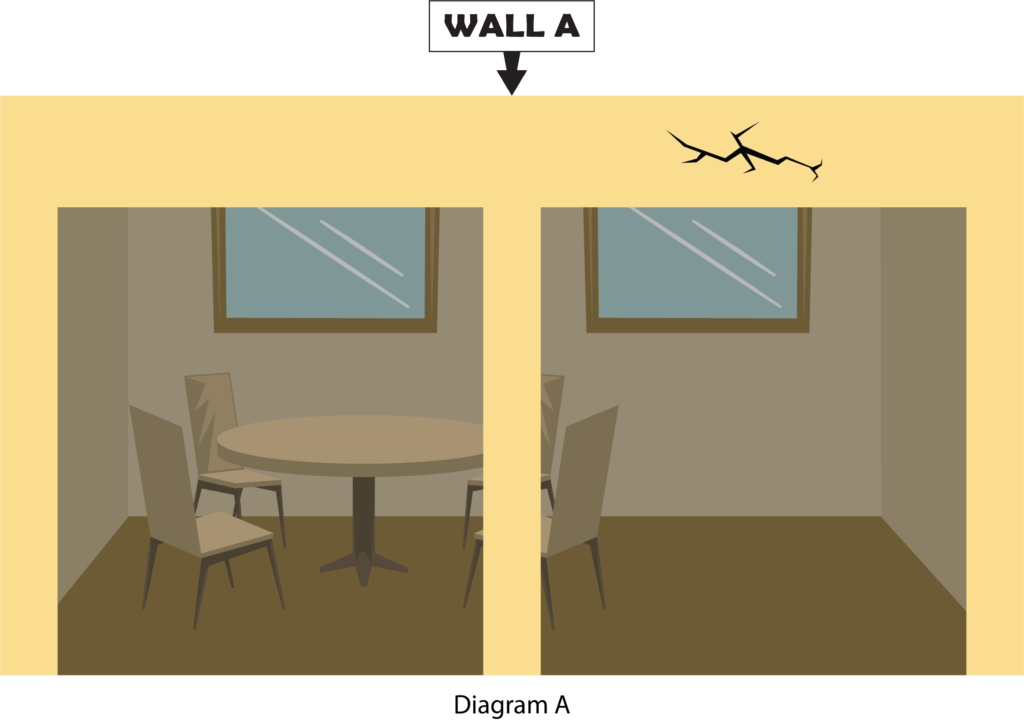


Career Education and Description
General contractors are responsible for providing materials and supervising the work necessary to complete the project. Most states require general contractors to obtain a local license to operate. Some general contractors obtain bachelor’s degrees in construction science, building science, surveying, construction safety, or other disciplines and most have extensive work experience (see Wikipedia). General contractors take on a wide range of projects dealing with both the appearance and the structure of a house up to and including building additions and new houses.
Solve the Mystery
Occasional small wall cracks can occur in both new and older homes and are often the result of normal house “settling” that can quickly, inexpensively be remedied. Occasionally, however, cracks in walls signify a larger problem that should be addressed before repairing the crack. Houses of any age move and shift very slightly over time, and the weakest area in a wall is the most likely to crack.
Houses have both internal and external forces involved that must be addressed by the structural design. And cracks in the walls can occur for different reasons.
Which two of the following causes do you think our general contractor should check to solve the mystery of the crack? Use the worksheet to record your observations and conclusions.
PDF of Student Worksheet for Cracks in the House Mystery
Impact
The images below show examples of typical impact damage to home drywall. What do you notice about these examples? Is impact a likely cause? Why or why not?
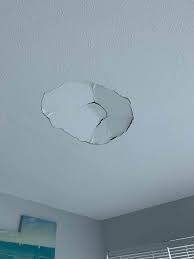
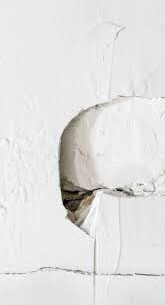
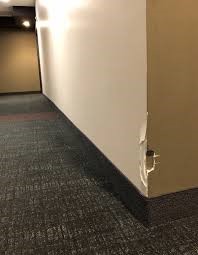
Earthquake
The diagram below shows The U.S. Geological Survey Long-term National Seismic Hazard Map. The Earthquake hazard map shows the likelihood of buildings being damaged by earthquakes. The map is based on the most recent USGS models for the U.S. The location of the house in this mystery is in upstate New York in a light blue shaded area.

The images below show examples of mild to moderate earthquake damage to typical home walls.
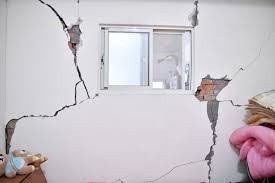
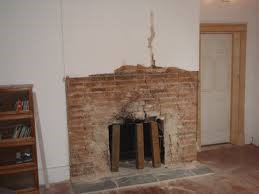
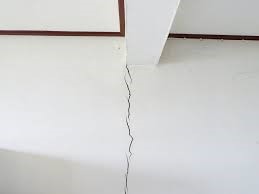
Given the chart and images above, do you think the crack in the wall the contractor is working on is due to one or more earthquakes?
Structure
The structure of a house is the wood framing that supports the visible walls, floors and roof. There are published design standards that guide engineers and contractors on how to build a sound structure that will last over time and be resilient to damage from wind, snow or even earthquakes in areas where building codes require that level of protection.
The diagrams below illustrate the basic structural elements of a wood framed house.

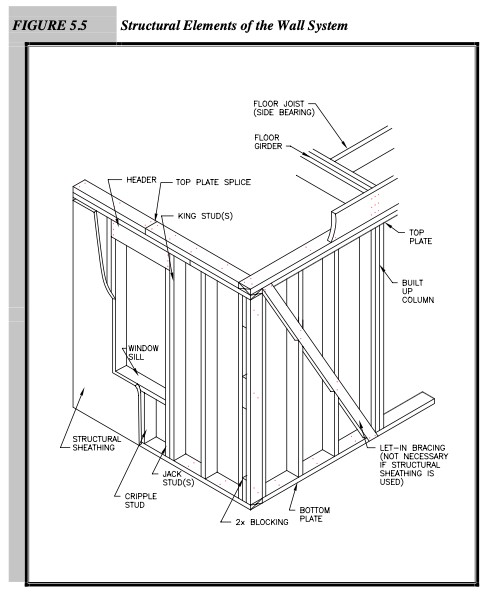
Take another look at diagrams A, B and C in the mystery introduction. Notice that one wall has 2 arches and the other wall on the right has a typical window and door. The crack is located at near the center at the top of one of the arches. Do you think this is a structural problem?
Settling
A house wall is constructed with vertical studs that extend from floor to ceiling. The studs must be cut, however, in order to install a door or a window. The builder will usually add extra framing to the side studs and a strong header over these openings, but these areas are still generally weaker than the rest of the wall. When settling occurs, these spots are the first to develop cracks. Check out the images below that show the results of settling.
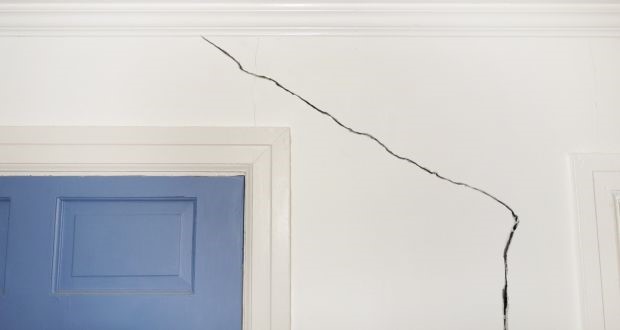
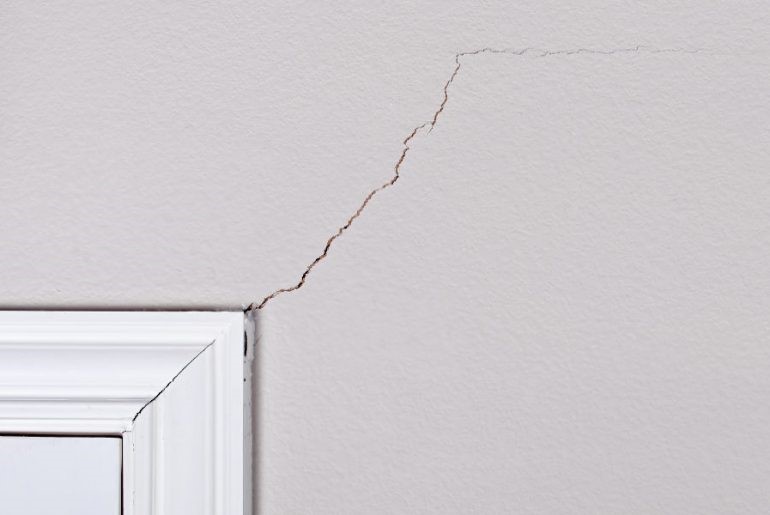
Do you think settling could be the reason for the crack above the arches in the home the contractor is working on?
Old Paint
What causes paint to crack? While flaking occurs when paint is lifted from the underlying wall surface, cracking is caused by the splitting of a dry paint film from one or more coats of paint.
According to painting experts, these two symptoms can occur for a few main reasons:
• Water/Humidity: Paint that’s applied to a damp surface or paint that’s exposed to high humidity can peel easily. Plywood especially can expand and contract depending on humidity levels, making it prone to cracks and flaking in the surface coating.
• Lack of Surface Preparation: When your paint surface is dirty or isn’t primed properly it’s prone to cracking and flaking even with a just a thin layer.
• Expired or Low-Quality Paint: These paints can peel much more quickly than fresh, high-quality paint.
• Improper Application: This is the most common cause of paint failure, especially when wood with an excessive amount of a “flat” hard grain is used.
The images below show examples of paint failure. Is old paint a likely cause? Why or why not?
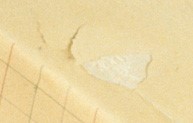

What do you think caused the crack in the wall above the arches in the home the contractor is working on? Once you have the reason, what do you think should be done to correct the problem?
Part Two
Bridge Design
At this point, it may be helpful to discuss bridges. Bridge design relates nicely to the structure and design of a house, but just as houses are not all designed the same way, bridges have different designs for different circumstances.
The 7 main types of bridges are:
- Arch bridge
- Beam bridge
- Cable-stayed bridge
- Cantilever bridge
- Suspension bridge
- Truss bridge
- Tied Arch bridge
Examples of each are shown below.
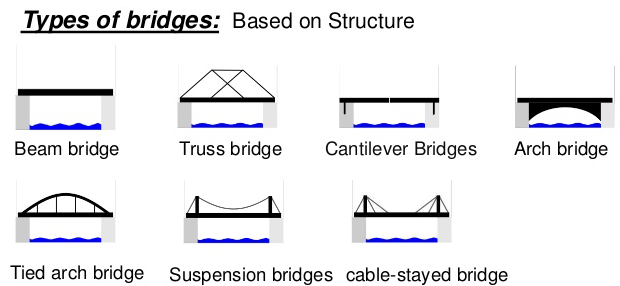
Which of the above bridge types most reminds you of the structure of a house? Why?
Which type or types of bridges are used to span especially long distances? Why?
You may have noted that the longest bridges do not resemble houses much. You also may have noticed that the upper-most parts of most houses are built like a truss bridge. In fact, the upper floors of most house contain trusses. Truss bridges are not used to span especially long distances for many reasons.
What can be done to solve the problem of the crack and the arches in the house? What solution would you offer the home owner if you were the contractor?
Credits:
- Idea: Steve Izzo
- Writing: Steve Izzo, Tonya Schield
- Editing: Gail Wheatley
- Illustrations: Sandy Loi

